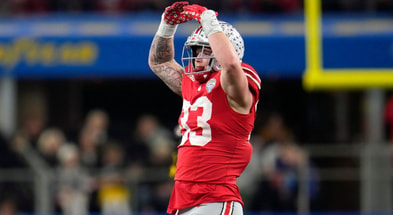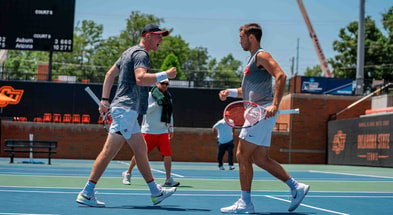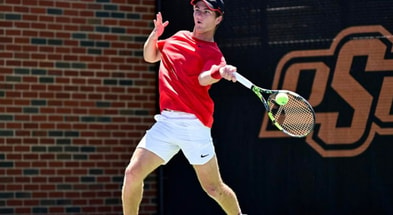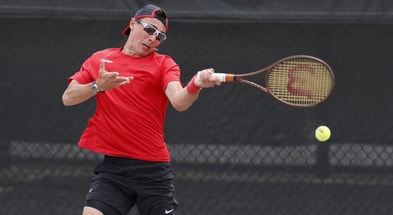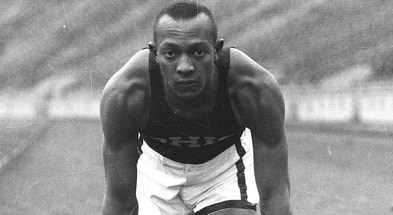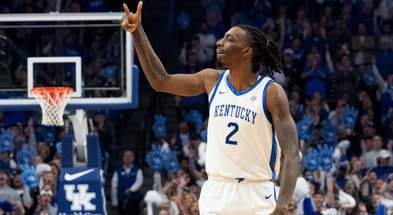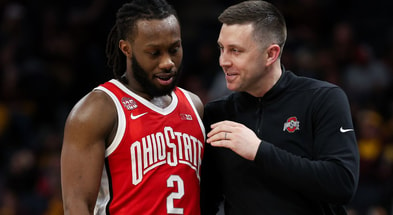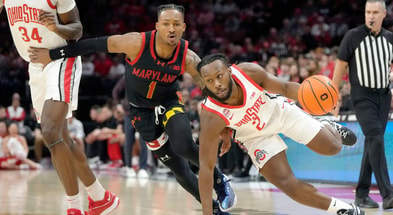Has Ohio State turned away from the 'dual-threat' quarterback?
Have a question about Ohio State recruiting? This is the place for you, five days a week. Submit your questions on Twitter or on the Lettermen Row forums. Check in daily to see what’s on the mind of Buckeyes fans all over the country.
Today’s Ohio State recruiting Question of the Day
Good Monday, everyone. I do hope the weekend was all you’d desired it to be.
We’ll dive straight to today’s question, coming from Twitter.
https://twitter.com/kjetland/status/1021108625606152192
From the surface, I think it’s hard to deny that Ohio State has decided to adjust its quarterback recruiting over the last few years. I believe pretty strongly that if the program’s 2015 offense had been better, been more consistent and Cardale Jones had remained the starter throughout the whole season, this wouldn’t seem so weird of an approach. Jones giving way to J.T. Barrett midway through that season, and Barrett’s record-breaking run through 2016 and 2017, seem to hint that Urban Meyer and staff prefer Barrett’s style of offense. I just don’t think that’s the case.
I think they knew at that time Barrett gave them the best chance to win, so he was the obvious, go-to guy for the offense — even when he struggled in the vertical passing game.
The recruiting approach really hasn’t changed for the Buckeyes, even as far back as Barrett. Yes, they want quarterbacks that can run when needed, but the idea has always been to find a dude who is pass-first and will run when the situation calls for it. The reasons for this have been debated for years by Ohio State fans, but unfortunately Barrett didn’t develop into the proficient passer that people wanted him to.
Was that because of Barrett? Was it due to having three quarterbacks coaches/offensive coordinators in five years? Meyer’s long-time reliance on the quarterback run? Sure, sure, sure. Let’s assume all that is true. Since Barrett’s arrival in the Class of 2013, here are the quarterbacks recruited by Ohio State.
- 2014: Stephen Collier, No. 17 dual-threat quarterback.
- 2015: Joe Burrow, No. 8 dual-threat quarterback.
- 2016: Dwayne Haskins, No. 7 pro-style quarterback.
- 2017: Tate Martell, No. 2 dual-threat quarterback.
- 2018: Matthew Baldwin, No. 12 pro-style quarterback.
- 2019: Dwan Mathis, No. 9 pro-style quarterback.
- 2020: Jack Miller, No. 3 pro-style quarterback.
Looking solely as the national recruiting networks and the assigned labels, yes, there’s been a shift toward pro-style quarterbacks. The problem with that, of course, is that the labels are entirely subjective and based more on the style of offense these kids play in high school rather than having anything to do with their physical skill set. Yes, Jack Miller is not the runner that Tate Martell is. But Miller, Haskins or Mathis aren’t statues in the pocket incapable of using their feet to make plays, either. They just aren’t asked to improvise in the ways that Martell was in high school.
Joe Burrow threw for almost 7,000 yards and 94 touchdowns in high school, way more than you’ll see Mathis end up with, so clearly he was capable of throwing the football, right?
At the end of the day, Ohio State is looking for guys that can move the team down the field, in whatever way it takes. The hope is that a a program with dozens of playmakers at running back, wide receiver and tight end, doesn’t need to rely on a quarterback running the ball all game long in order to do that.
That’s why recruiting priorities seem to have shifted a bit toward more traditional drop-back passers.
 The best way to stay on top of all that recruiting news? Subscribe to Lettermen Row’s Recruiting with Birm newsletter.





